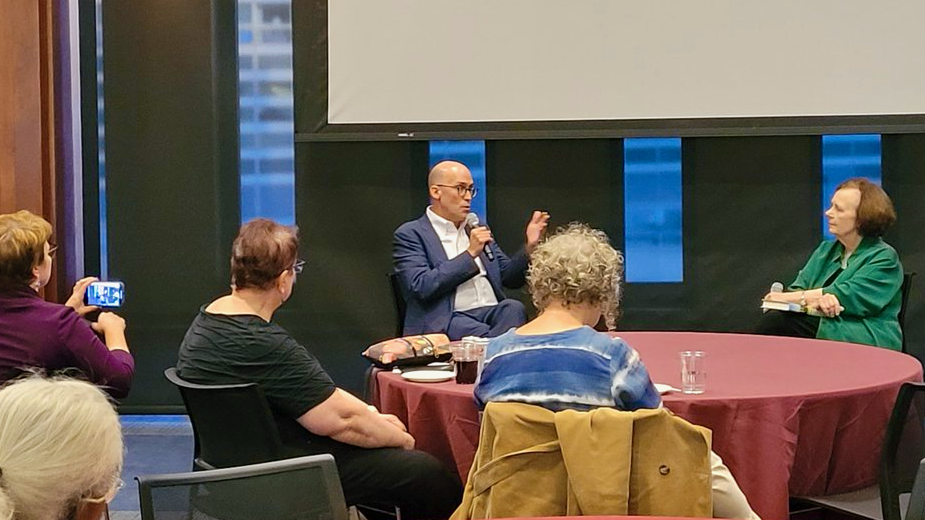
Zoning laws are exacerbating the housing crisis and segregating our neighborhoods. That’s the message author Richard Kahlenberg drove home in our recent Book Chat about Excluded: How Snob Zoning, NIMBYism, and Class Bias Build the Walls We Don’t See, the winner of last year’s Goddard Riverside Stephan Russo Book Prize for Social Justice.
Zoning, which is controlled by local governments, defines how land can be used in specific areas. In vast swathes of American cities and suburbs, it bans multifamily units like apartment buildings from being built on residential lots. That leads to higher housing costs.
“The government doesn’t tell Ford how many cars it can build, but local zoning boards determine how much housing can be built and who can have access to it,” Kahlenberg explained to host Gail Collins of The New York Times.
“We end up with a society that’s very segregated not only by race but increasingly by economic status too.”
What props up these laws? Kahlenberg identifies several arguments against zoning reform in his book. Some people fear a drop in property values. Others see zoning reform as a giveaway to greedy developers who will gentrify neighborhoods and drive out low-income residents.
Some of these concerns can be addressed by developing with sensible guidelines so communities aren’t overwhelmed by a sudden influx of large buildings, Kahlenberg argues. Others, such as concerns about housing values, require more education or an evolution in thinking. “Rigging zoning policies to inflate property values, just because many existing homeowners want to keep it that way, cannot be the final word,” he writes. “The logic, such as it is, would be analogous to a shareholder in a company that was engaged in anticompetitive behavior complaining that his stock didn’t appreciate as quickly after the Justice Department cracked down on unfair competition.”
Changing people’s minds on zoning isn’t easy, Kahlenberg told our Book Chat audience, but it’s achievable. One inspiration is Minneapolis, which has revised its laws to allow multifamily residences everywhere in the city.
“Their secret sauce was getting people involved who were harmed by exclusionary zoning,” he said. “They went out to churches and day care centers and talked to people who were upset about the cost of housing and how they were excluded from strong schools.”
How can ordinary people create change in their own communities? One place to start is by going to the local zoning board meeting.
“Get involved in the community discussions, because that’s where the rubber meets the road,” Kahlenberg urged.
“We’ve seen cultural shifts in the country over time,” he added, pointing to increased support for gay rights and decreased support for smoking. “I think it’ll take a lot of work because it impacts people’s pocketbooks, but through education it is possible to change people’s attitudes.”